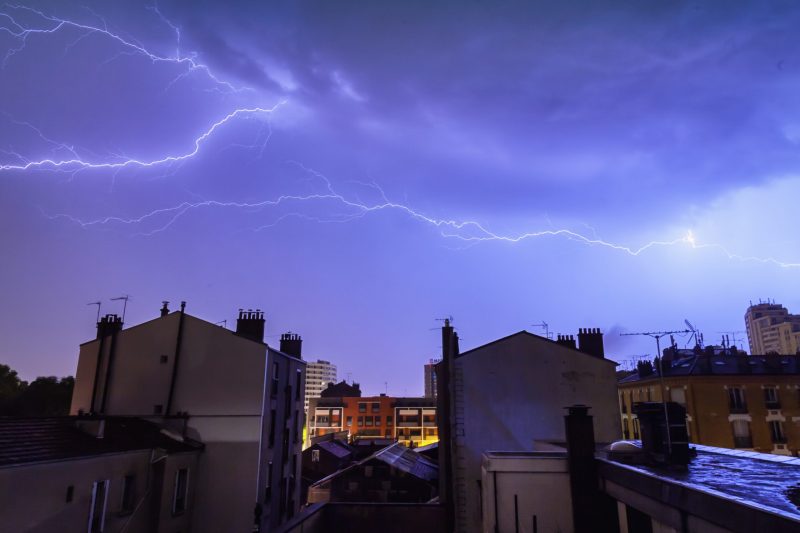Many thanks to SWLing Post contributor, Bruce Atchison, who shares the following guest post:
What is Lightning Scatter DX?
by Bruce Atchison (VE6XTC)
Believe it or not, it’s possible to receive distant FM stations during a thunder storm. While lightning makes it difficult to hear AM and shortwave broadcasts, its crackles aren’t as evident on the 88 MHz to 108 MHz band.
When lightning strikes, it temporarily ionizes the air around it. Radio signals are reflected by the charged gasses and come back down to earth.
From my experience with this kind of DX, the signal became noticeably stronger during lightning strikes. This effect lasted for a second, then the signal level dropped to its former strength.
While a thunder storm raged overhead on July 7th, I used my CC Skywave SSB radio to check out the FM band. Instead of hearing E-skip as I had hoped, I found that tropo-like conditions reflected stations down to my home. I heard signals from a hundred miles away or further.
As just one example, I found a low-power station with the call letters CKSS on 88.1MHZ. They call themselves 88.1 The One. Find out more about this station at the http://www.881theone.ca/ link. It’s located in the town of Stony Plain, Alberta. This station plays country music and airs local news events.
At a guess, I’d say the transmitter is about 120 miles from my QTH in Radway. It normally doesn’t come in at all. The signal strength varied too, showing that it wasn’t a local.
In my instance of catching CKSS’s signal, a form of tropo ducting was also present. Rain can produce reflections of signals but it’s much more pronounced in the UHF and microwave bands.
When a thunder storm is ruining AM and shortwave reception, try DXing the FM band. You’ll be surprised at what occasionally comes in.
For further information on weather-related DX, check William R. Hepburn’s article.
To see a demonstration of lightning scatter on amateur TV, watch the
following video:
To hear what FM lightning scatter sounds like, watch this video:
Thank you for sharing this guest post Bruce. I’ll be the first to admit that I’ve never tried to hear lightening scatter DX, but I will certainly give it a go. This time of year, we’ve numerous thunderstorms in the afternoon and evening, so I’ll certainly have the opportunity!
Post readers: Have you ever caught FM DX off of Lightening Scatter? Please comment!

